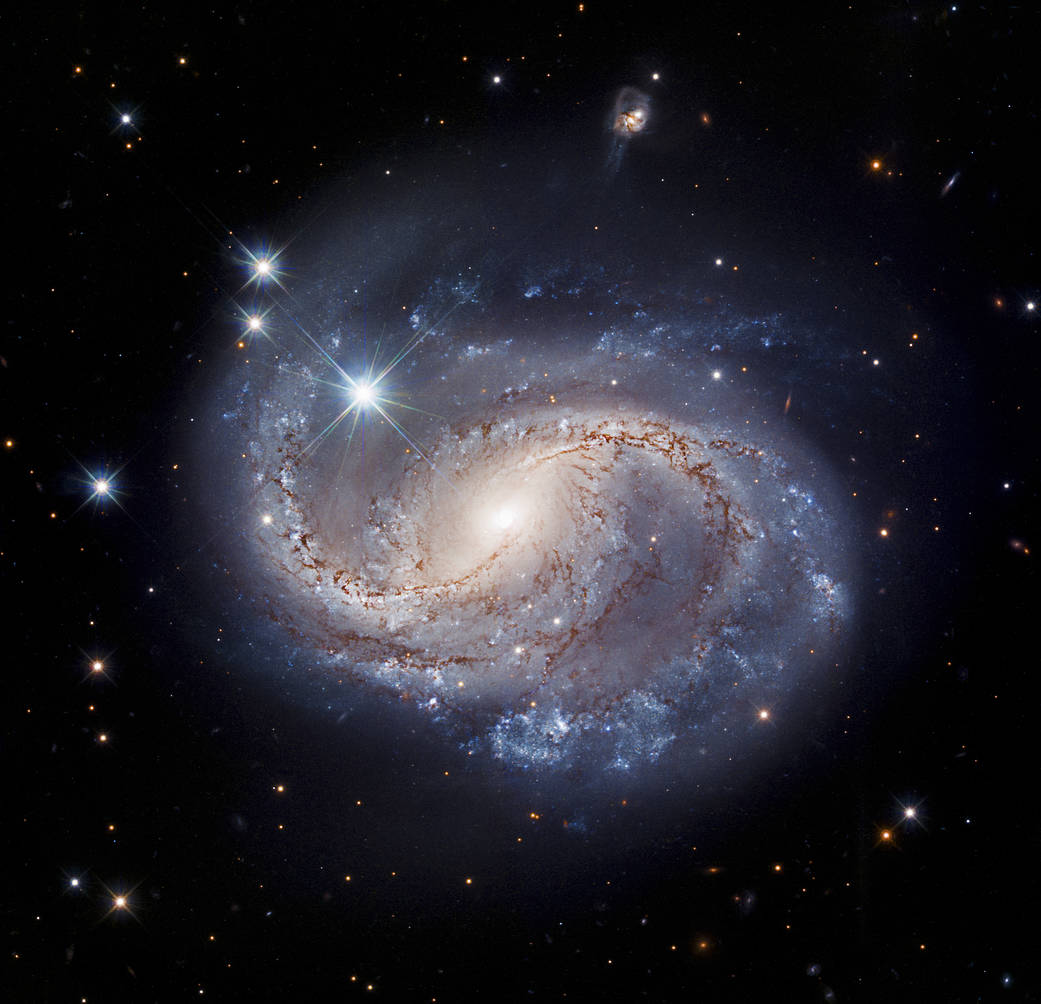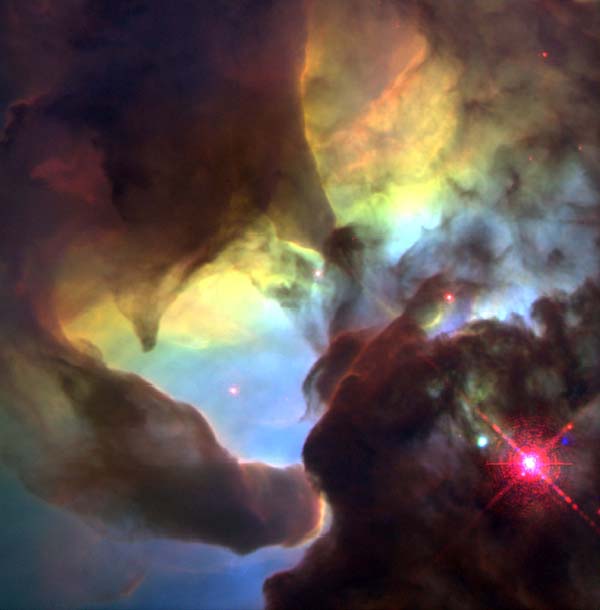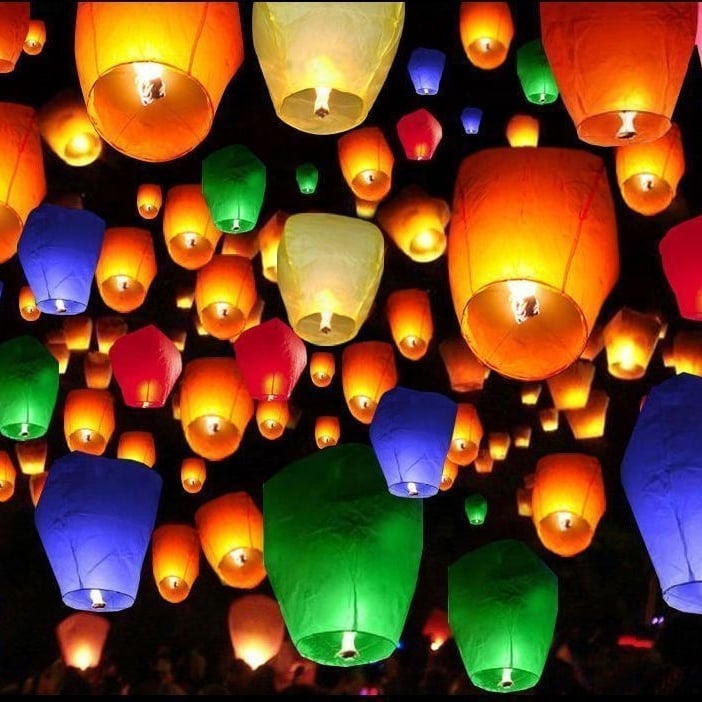Blog
John Richard Baldwin (born 3 January 1946), better known by his stage name John Paul Jones, is an English musician, composer and record producer who was the bassist and keyboardist for the rock band Led Zeppelin. Prior to forming the band with Jimmy Page in 1968, he was a session musician and arranger. After the death of drummer John Bonham in 1980, Led Zeppelin disbanded, and Jones developed a solo career. He has collaborated with musicians across a variety of genres, including the supergroup Them Crooked Vultures with Dave Grohl and Josh Homme. He was inducted into the Rock and Roll Hall of Fame in 1995 as a member of Led Zeppelin.
more...Stephen Arthur Stills (born January 3, 1945 Dallas, TX) is an American musician, singer and songwriter best known for his work with Buffalo Springfield and Crosby, Stills, Nash & Young. As both a solo act and member of two successful bands, Stills has combined record sales of over 35 million albums. He was ranked number 28 in Rolling Stone‘s 2003 list of “The 100 Greatest Guitarists of All Time” and number 47 in the 2011 list. Stills became the first person to be inducted twice with his groups on the same night into the Rock and Roll Hall of Fame. According to Neil Young, “Stephen is a genius.”
Beginning his professional career with Buffalo Springfield, he composed “For What It’s Worth“, which became one of the most recognizable songs of the 1960s. Other notable songs he contributed to the band were “Sit Down, I Think I Love You“, “Bluebird“, and “Rock & Roll Woman”. According to bandmate Richie Furay, he was “the heart and soul of Buffalo Springfield”.
After Buffalo Springfield disbanded, Stills began working with David Crosby and Graham Nash as a trio called Crosby, Stills & Nash (CSN). In addition to writing many of the band’s songs, Stills played bass, guitar, and keyboards on their debut album. The album sold over four million copies and at that point had outsold anything from the three members’ prior bands: the Byrds, Buffalo Springfield, and the Hollies. The album won the trio a Grammy Award for Best New Artist.
Stills’s first solo album, Stephen Stills, earned a gold record and is the only album to feature both Jimi Hendrix and Eric Clapton. Its hit single “Love the One You’re With” became his biggest solo hit, peaking at number 14 on the Billboard Hot 100. Stills followed this with a string of solo albums, as well as starting a band with Chris Hillman called Manassas in 1972. In the summer 1974, Young reunited with CSN after a four-year hiatus for a concert tour that was recorded and released in 2014 as CSNY 1974. It was one of the first stadium tours and the largest tour the band has done to date.CSN reunited in 1977 for their album CSN, which became the trio’s best-selling record. CSN and CSNY continued to have platinum albums through the 1980s.
more...John Jenkins (January 3, 1931 – July 12, 1993) was an American jazz saxophonist.
Born in Chicago, Jenkins initially studied clarinet in high school but switched to saxophone after six months on the instrument. He played in jam sessions led by Joe Segal at Roosevelt College from 1949-1956. He played with Art Farmer in 1955 and led his own group in Chicago later that year. In 1957, he played with Charles Mingus and recorded two albums as a leader. He played as a sideman with Johnny Griffin, Donald Byrd, Hank Mobley, Paul Quinichette, Clifford Jordan, Sahib Shihab, and Wilbur Ware in the late 1950s and early 1960s,[2] but essentially dropped out of music after 1962, aside from a few dates with Gloria Coleman.
After leaving the jazz world he worked as a messenger in New York and dabbled in jewelry; he sold brass objects at street fairs in the 1970s. After 1983, he began practicing again and playing live on street corners; shortly before he died he played with Clifford Jordan.
more...erbert Horatio Nichols (January 3, 1919 – April 12, 1963) was an American jazz pianist and composer who wrote the jazz standard “Lady Sings the Blues“. Obscure during his lifetime, he is now highly regarded by many musicians and critics.
He was born in San Juan Hill, Manhattan, New York, United States, to parents from St. Kitts and Trinidad, and grew up in Harlem. During much of his career, he took work as a Dixieland musician while also pursuing the more adventurous kind of jazz he preferred. He is best known today for program music that combines bop, Dixieland, and music from the Caribbean with harmonies from Erik Satie and Béla Bartók. Nichols died of leukemia in New York City at the age of 44.
more...Fred White, a drummer for Earth, Wind & Fire, has died, according to an announcement from the band and his family. He was 67.
Fred White’s brother, Earth, Wind & Fire founding member Verdine White, said in a social media post on Monday that he “is now drumming with the angels!” Verdine White remembered his brother as an “amazing and talented family member” and a “child protégé.”
more...Anita Pointer, Frequent Lead Singer of Famed Sister Act, Dies at 74
She was the lead vocalist on all three of the Pointer Sisters’ Top 40 hits in the group’s early years, and she helped define its pop sound in the 1980s.
Anita Pointer, the sweet and occasionally sultry lead vocalist on many hits of her family band the Pointer Sisters in the 1970s and ’80s, died on Saturday at home in Beverly Hills, Calif. She was 74.
The cause was cancer, her publicist, Roger Neal, said.
The Pointer Sisters occupied a middle point in pop history between the doo-wop innocence of the Ronettes and the stilettoed girl power of Destiny’s Child.
Anita’s voice had a lot to do with that. She sang with the speed and flavor of molasses. Though she commanded the virtuosity to trill prettily, she tended to sing too softly to sound overpowering. In “Slow Hand,” a love song with a soft-focus music video that reached No. 2 on the pop charts in 1981, Anita cooed.
more...Against an inky black backdrop, the blue swirls of spiral galaxy NGC 6956 stand out radiantly. NGC 6956 is a barred spiral galaxy, a common type of spiral galaxy with a bar-shaped structure of stars in its center. This galaxy exists 214 million light-years away in the constellation Delphinus.
Scientists used NASA’s Hubble Space Telescope to image NGC 6956 to study its Cepheid variable stars, which are stars that brighten and dim at regular periods. Since the period of Cepheid variable stars is a function of their brightness, scientists can measure how bright these stars appear from Earth and compare it to their actual brightness to calculate their distance. As a result, these stars are extremely useful in determining the distance of cosmic objects, which is one of the hardest pieces of information to measure for extragalactic objects.
This galaxy also contains a Type Ia supernova, which is the explosion of a white dwarf star that was gradually accreting matter from a companion star. Like Cepheid variable stars, the brightness of these types of supernovae and how fast they dim over time enables scientists to calculate their distance. Scientists can use the measurements gleaned from Cepheid variable stars and Type Ia supernovae to refine our understanding of the rate of expansion of the universe, also known as the Hubble Constant.

Troy Andrews (born January 2, 1986), also known by the stage name Trombone Shorty, is an American musician, producer, actor and philanthropist from New Orleans, Louisiana. He is best known as a trombone and trumpet player but also plays drums, organ, and tuba. He has worked with some of the biggest names in rock, pop, jazz, funk, and hip hop. Andrews is the younger brother of trumpeter and bandleader James Andrews III and the grandson of singer and songwriter Jessie Hill. Andrews began playing trombone at age four, and since 2009 has toured with his own band, Trombone Shorty & Orleans Avenue. Andrews was born to James Andrews Jr. and Lois Andrews in New Orleans and grew up in the culturally vibrant Treméneighborhood, steeped in New Orleans jazz, R&B and music-related traditions such as second line parades. Andrews’ family have deep roots in the music scene of New Orleans – his grandfather was musician Jessie Hill, his great-uncle Walter “Papoose” Nelson played with Fats Domino, and Andrews’ mother Lois Nelson Andrews was a regular grand marshal of jazz funerals and second-line parades in New Orleans, where she routinely encouraged young musicians and was known as the “Mother of Music” and “Queen of the Tremé”. Andrews’ father James Andrews Jr., a member of the Bayou Steppers Social Aid & Pleasure Club, would frequently invite musician friends to visit their home. Other musical family members include his brother James Andrews III and cousins Glen David Andrews and the late Travis “Trumpet Black” Hill.
Ari Brown (born February 1, 1944) is an American jazz tenor saxophonist and pianist. Brown grew up in Chicago and attended Wilson College, where he met musicians such as Jack DeJohnette, Henry Threadgill, Roscoe Mitchell, and Joseph Jarman. He played piano in R&B and soul outfits into the 1960s, then switched to saxophone in 1965. He joined the AACM in 1971, and also played with The Awakening in the early 1970s. In 1974 he lost several teeth in a car crash, and temporarily switched to piano again until he recovered. He played sax later in the 1970s with McCoy Tyner, Don Patterson, and Sonny Stitt. In the 1980s, he worked with Lester Bowie, Von Freeman, Bobby Watson, and Anthony Braxton, and in 1989 he became a member of Kahil El’Zabar‘s trio.
more...Frank L. Marocco (January 2, 1931 – March 3, 2012) was an American piano-accordionist, arranger and composer. He was recognized as one of the most recorded accordionists in the world.
Born in Joliet, Illinois Frank Marocco grew up in Waukegan, near Chicago. At the age of seven years, his parents enrolled him in a six-week beginner class for learning to play the accordion.
more...The Lagoon Nebula (catalogued as Messier 8 or M8, NGC 6523, Sharpless 25, RCW 146, and Gum 72) is a giant interstellar cloud in the constellation Sagittarius. It is classified as an emission nebula and as an H II region.
The Lagoon Nebula was discovered by Giovanni Hodierna before 1654 and is one of only two star-forming nebulae faintly visible to the eye from mid-northern latitudes. Seen with binoculars, it appears as a distinct cloud-like patch with a definite core. Within the nebula is the open cluster NGC 6530.

Seydou Koné (French pronunciation: [sɛdu kɔne]; born January 1, 1953, in Dimbokro), better known by his stage name Alpha Blondy, is an Ivorian reggaesinger and international recording artist. Many of his songs are politically and socially motivated, and are mainly sung in his native language Dyula, French and English, though he occasionally uses other languages, for example, Arabic or Hebrew.
more...Milton Jackson (January 1, 1923 – October 9, 1999 Detroit, MI), nicknamed “Bags“, was an American jazzvibraphonist, usually thought of as a bebop player, although he performed in several jazz idioms. He is especially remembered for his cool swinging solos as a member of the Modern Jazz Quartet and his penchant for collaborating with hard bop and post-bop players.
more...Bulee “Slim” Gaillard (January 9, 1911 – February 26, 1991 Santa Clara, Cuba), also known as McVouty, was an American jazz singer and songwriter who played piano, guitar, vibraphone, and tenor saxophone.
more...Xavier Cugat (Catalan: [ʃəβiˈe kuˈɣat]; 1 January 1900 – 27 October 1990) was a Spanish musician and bandleader who spent his formative years in Havana, Cuba. A trained violinist and arranger, he was a leading figure in the spread of Latin music. In New York City he was the leader of the resident orchestra at the Waldorf–Astoria before and after World War II. He was also a cartoonist and a restaurateur. The personal papers of Xavier Cugat are preserved in the Biblioteca de Catalunya.
more...More Posts
- The Cosmos with the Milky Way Black Hole
- Ron “Pigpen” McKernan Day
- James Clay Day
- Guitar Shorty Day
- Wilbur Ware Day
- World Music with Davlatmand Kholov
- Daily Roots with the Clarendonians
- KingRasJohn on ReverbNation
- Performing with KingRasJohn 9-7-2019
- The Cosmos with Sh2-284 IC443 The Jellyfish Nebula
- Chrissie Hynde Day
- Little Milton Day
- Buddy Holly Day
- Sonny Rollins Day
- World Music with Garifuna
- Daily Roots with the Gladiators
- The Cosmos with Cassiopeia A
- Charles Moffett Day
- Eddie Duran Day
- Jimmy Reed Day
